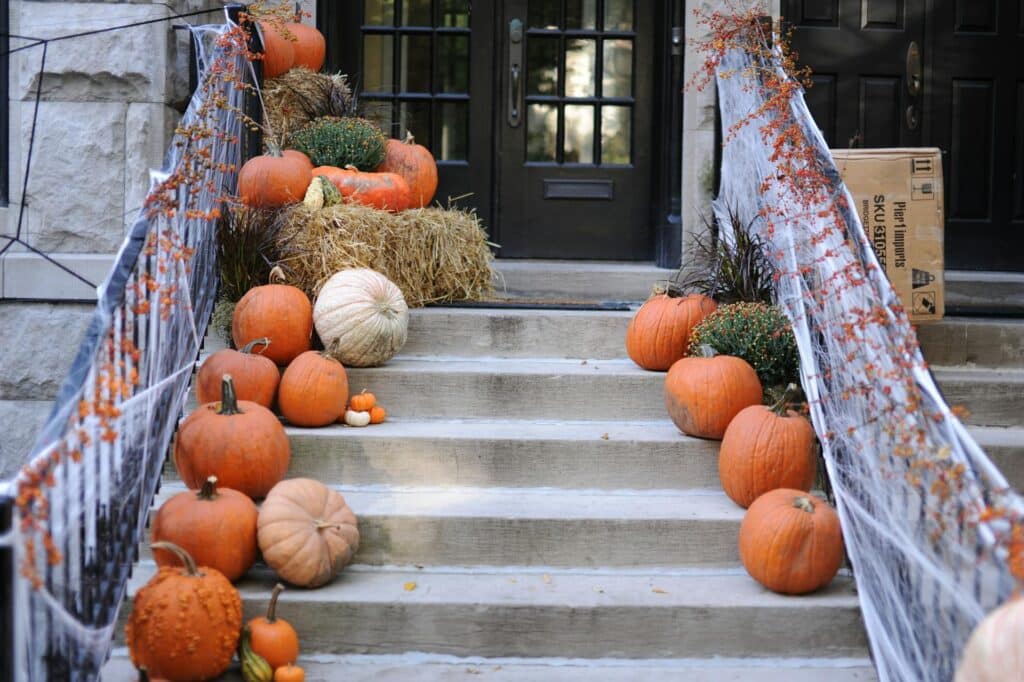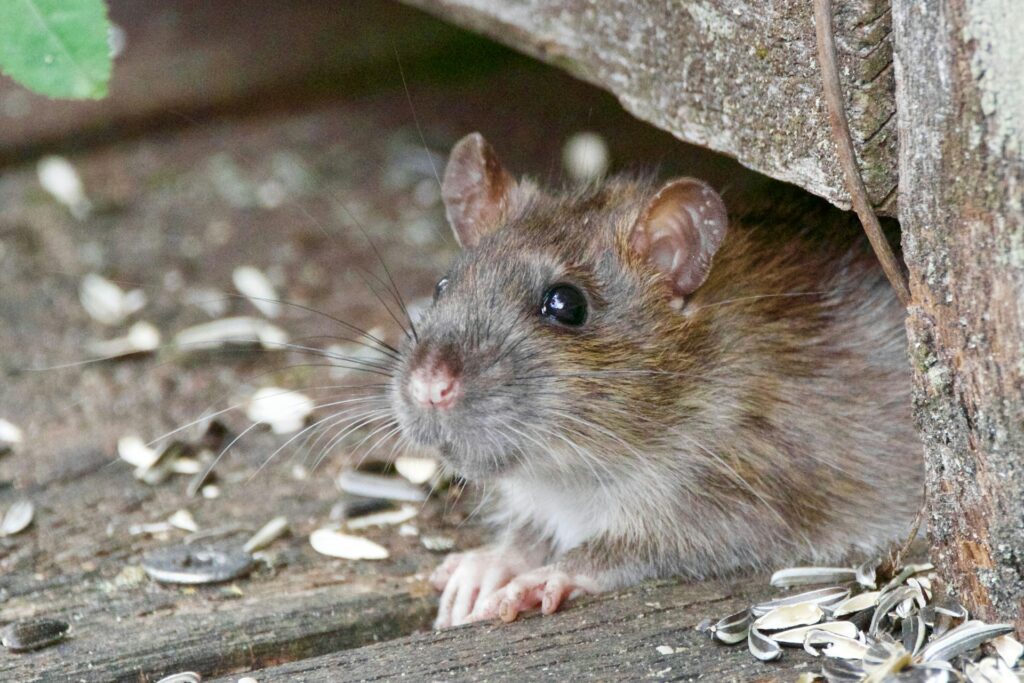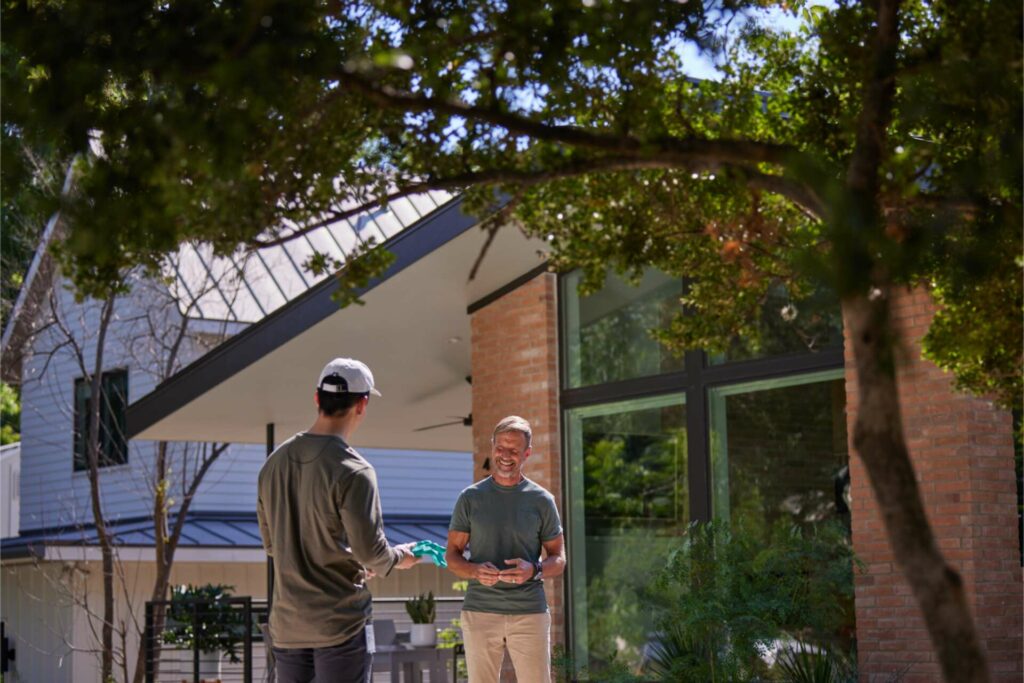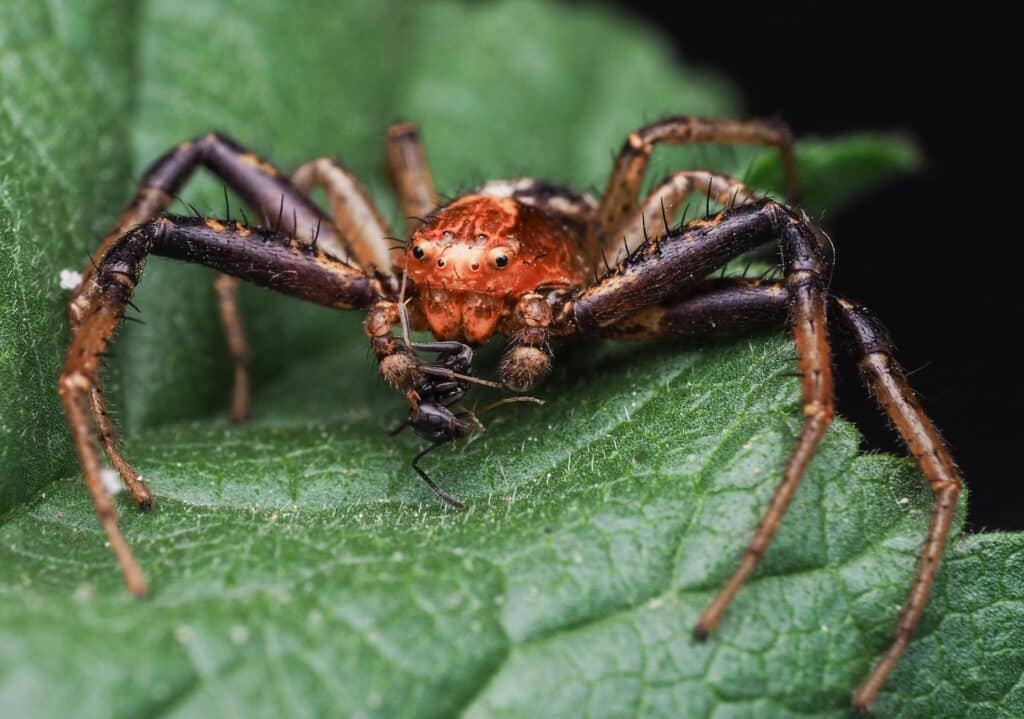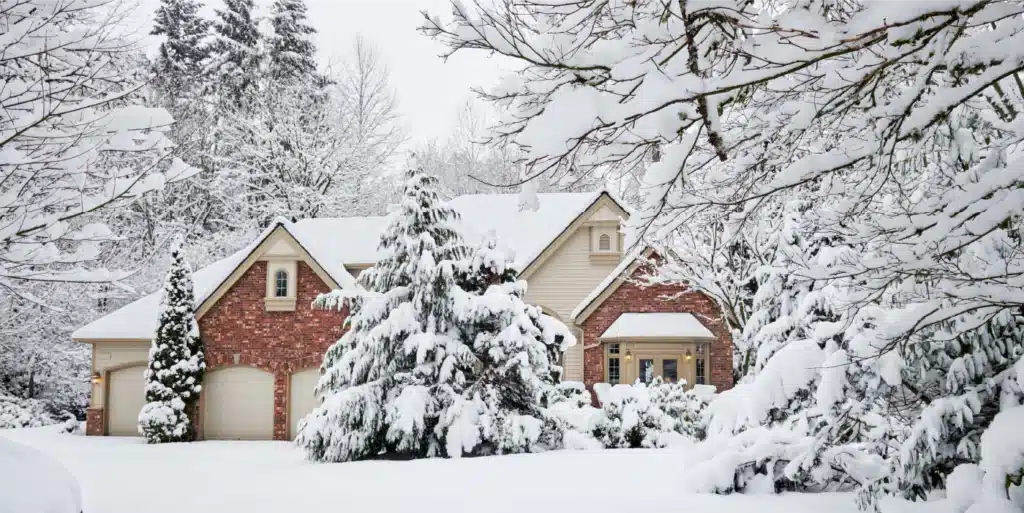Wondering how to get rid of a wasp nest? Overall, professional removal is the wisest choice. If you insist on DIY removal, there are important precautions to take to ensure minimal stings and property. It’s also important to identify the wasp species you’re targeting to ensure you’re not dealing with the more dangerous species or extra painful stings.
What Do Wasp Nests Look Like?
Although there are plenty of wasp species out there, their nests typically look the same. They are made of chewed wood material. The only exception is mud daubers, which create their nests using mud. Most wasp species typically make their nests in upper crevices. You can find them in the garage, attic, roof, or porch. However, yellow jackets nest in the ground, so their nests can be even more dangerous if you have kids playing nearby. Yellow jacket extermination may become even more pressing in these circumstances.
How to Get Rid of a Wasp Nest
Since wasps are stinging insects, it can be very dangerous to remove nests yourself. For example, paper wasps are considered one of the most painful stings in the world! It could be an excruciating experience to receive recurring stings from these angry wasps or even from just a regular species. To ensure proper effectiveness, professional wasp extermination is the best way to get rid of nests.
If you insist on eliminating the wasp problem yourself, make sure to take precautions. For one, wear as much protective gear as possible and ensure any children or other bystanders are located in safe areas. You should remove the nest at night because they are less likely to sting. If you can, try to avoid using flashlights or other light as this will alert the wasps. Finally, make sure to avoid removing the nest yourself if you are allergic to wasp stings.
The best removal method is to capture the nest in a garbage bag. First, slowly approach the nest and cover it with the bag. Detach it from the location and quickly seal the bag. Place the nest in an outdoor garbage can as far away from the house as possible, then make sure the lid is tightly sealed. You may still get some stings from this method, but it’s safer than the dangerous methods listed below.
Dangerous Removal Methods
Wasps can become aggressive easily, so there are a few wasp nest removal DIY methods we don’t recommend. For one, don’t use water to remove a nest. This will anger the insects and they will attack, leaving you with plenty of painful wasp stings. It can also cause water damage to your home depending on the area the nest is located. Burning the nest is a bad idea as well. Since their nests are typically made of paper, they are very flammable and can cause your home to catch on fire. Similar to flooding, it won’t kill all the wasps and they will sting you.
On a final note, hitting the nest down is a very bad method as well. Most of the wasps will stay alive and they will come after you angrily.
Dealing with a Wasp Nest in a Tree
One common issue many homeowners face is discovering a wasp nest in a tree. This can be particularly challenging to deal with due to the height and the potential risk of falling wasps. When figuring out how to get rid of a wasp nest in a tree, it’s advisable to use long-reaching tools to avoid close contact. For small wasp nests, using a spray specifically designed for wasps can help exterminate them from a safe distance. However, for larger or more inaccessible nests, it might be safer and more prudent to call in professional
Hiring a Professional
As mentioned before, we recommend hiring a professional to get rid of a wasp nest. This ensures a smooth, painless removal process on your end. Aptive Environmental offers effective pest control services from trained pest professionals. Additionally, Aptive ensures that we will come back at no additional cost if the pests we treat come back. This means that we focus on your current pest problem in addition to future problems – we take measures to protect from infestation.
